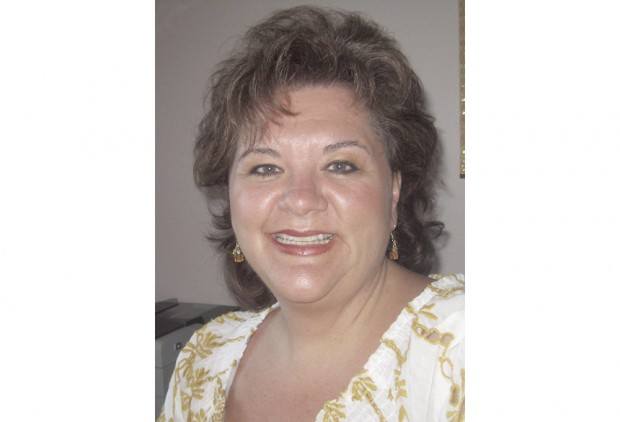LIHU‘E — Some people mistakenly think hospice care is just about dying, that hospice is the place people call when there is nothing more that can be done. But hospice care, including that offered at Kaua‘i Hospice, is much more
LIHU‘E — Some people mistakenly think hospice care is just about dying, that hospice is the place people call when there is nothing more that can be done.
But hospice care, including that offered at Kaua‘i Hospice, is much more than brink-of-death care.
Hospice provides a comprehensive approach to end-of-life care.
To get the most out of what hospice offers, it is better to get involved sooner rather than later and receive hospice care for more than just a few days.
Hospice helps patients and families focus on living.
Hospice care brings comfort, dignity and peace to help people with a life-limiting illness live every moment of life to the fullest.
It also reaches out to provide support for family and friends who love and care for those with life-limiting illnesses.
Last year 1.45 million dying Americans were served by the nation’s hospice providers.
Yet there are some important facts about hospice that people may not know.
Some of the following facts might be keeping people from getting the best care possible when they need it most:
— Hospice is not a place; it is high-quality medical care that helps the patient and family caregivers focus on comfort and quality of life;
— Hospice is paid for by Medicare, Medicaid, most insurance plans, HMOs, and managed-care plans. Fear of costs should never prevent a person from accessing hospice care;
— Recent studies indicate that patients who chose hospice care lived an average of one month longer than similar patients who did not choose hospice care (from Hospice Care in America: 2010 Edition, NHPCO);
— Hospice serves anyone with a life-limiting illness, regardless of age or type of illness;
— Hospice serves people of all backgrounds and traditions; the core values of hospice — allowing the patient to be with family, including spiritual and emotional support, treating pain — cut across all cultures;
— Research has shown that the majority of Americans would prefer to be at home at the end of life’s journey — hospice makes this possible for most people;
— Hospice also serves people living in nursing homes and assisted-living facilities;
— Hospice patients and families can receive care for up to six months or longer;
— A patient may keep his or her referring physician involved while receiving hospice care;
— Hospice offers grief and bereavement services to patient family members as well as the community at large.
The best time to learn about hospice is before someone in the family is facing a health care crisis.
For more information, see www.kauaihospice.org or contact Kaua‘i Hospice at 245-7277.
• Lori J. Miller is executive director of Kaua‘i Hospice. She may be reached at 245-7277.


